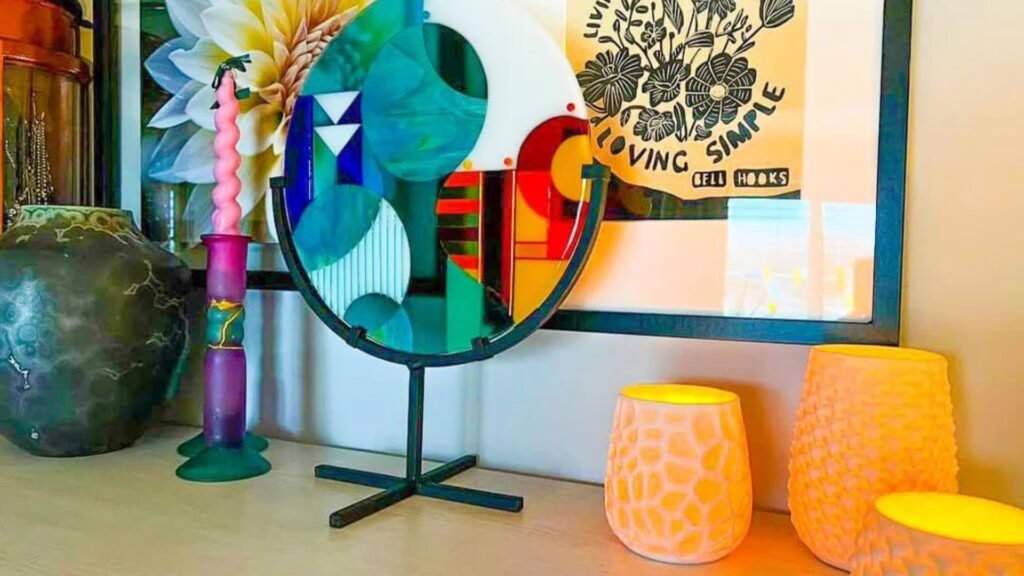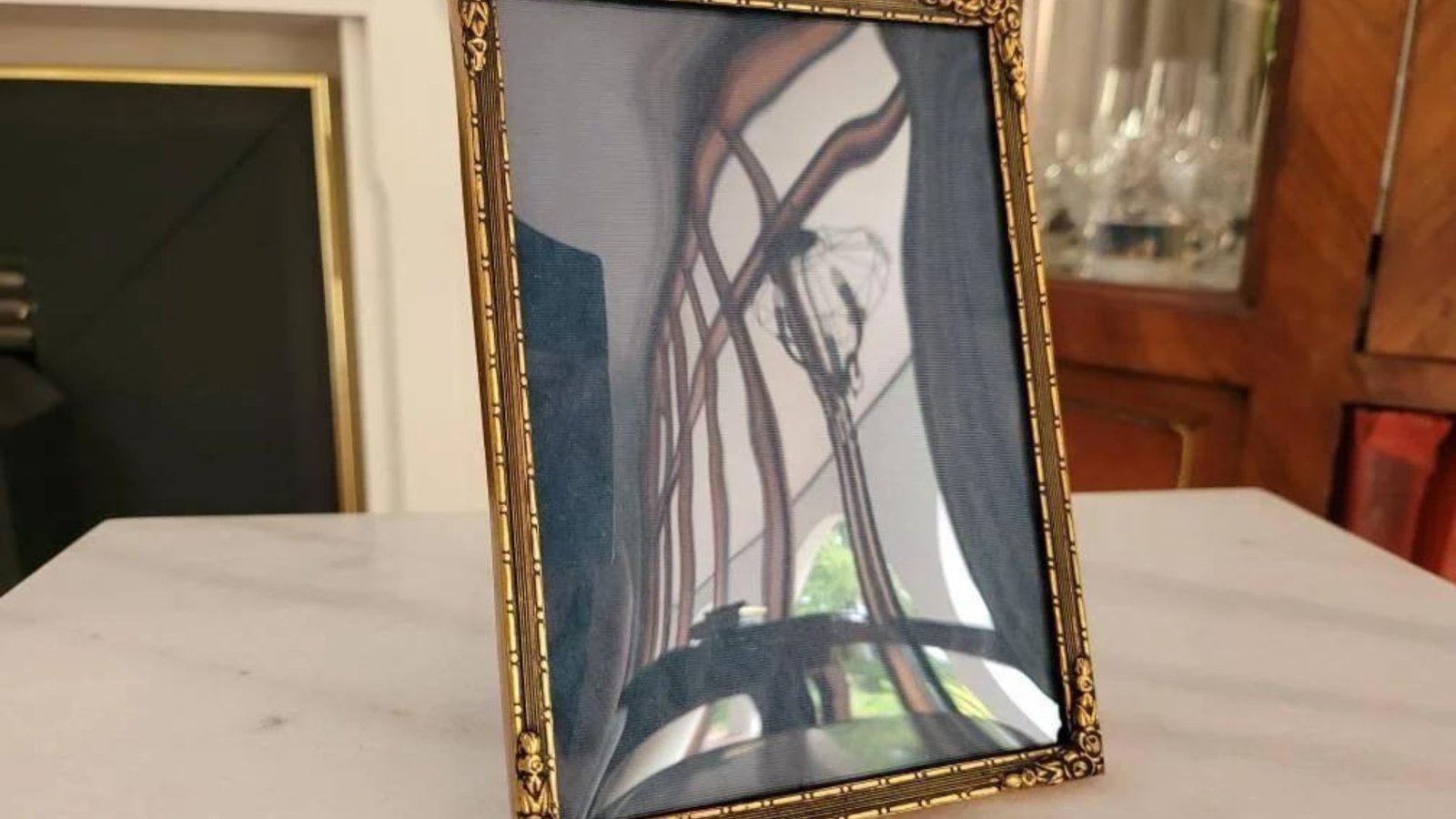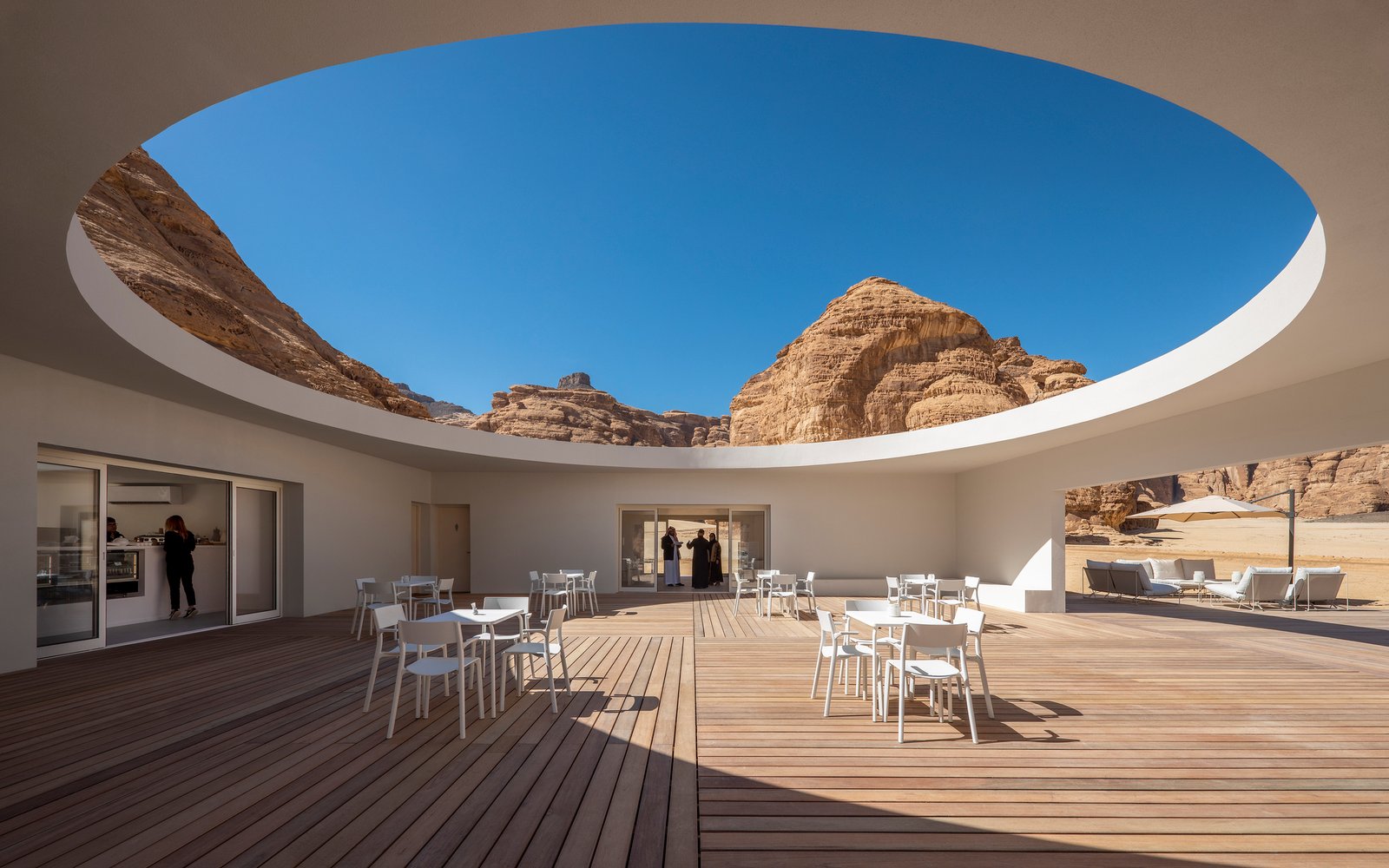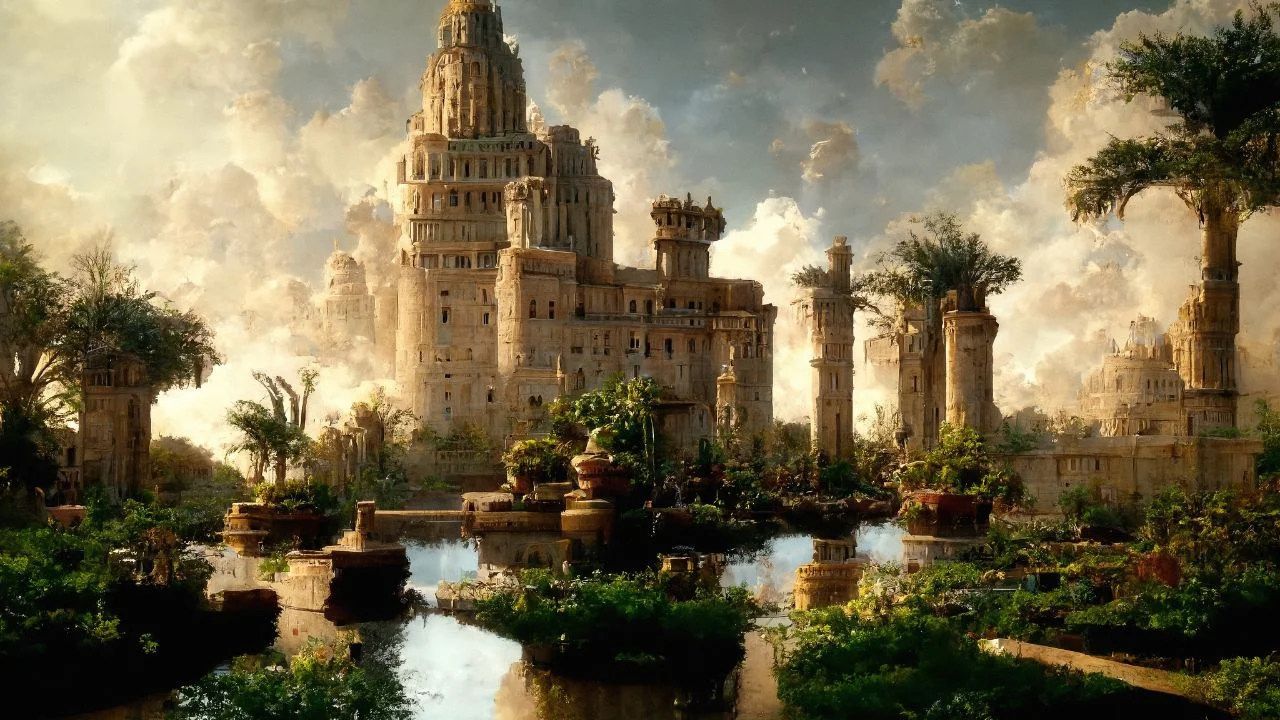How to Display Glass Art in Your Home
Displaying glass art effectively requires a thoughtful approach to ensure it enhances your living space while preserving its beauty. Glass art pieces, whether they are sculptures, vases, or stained glass, can add elegance and sophistication to any room. This guide provides practical tips on how to display glass art to maximize its visual impact.

Choose the Right Location
Lighting Considerations: Glass art thrives in well-lit areas where light can accentuate its colors and transparency. Natural light or strategically placed spotlights can enhance the brilliance of the glass. Avoid direct sunlight, which can cause discoloration or damage over time.
Display Surfaces: Select surfaces that complement the glass art and do not overshadow it. Shelves, pedestals, or wall-mounted displays are excellent options. Ensure the surface is stable and secure to prevent any accidental falls.
Room Placement: Consider the room’s theme and color scheme when placing glass art. Glass pieces can act as focal points or accents. Place them where they can be easily viewed and appreciated, such as in living rooms, entryways, or dedicated display areas.
Use Proper Display Fixtures
Display Stands: Use display stands or pedestals that are sturdy and appropriate for the size and weight of the glass art. Clear acrylic or glass stands can provide a modern and unobtrusive support, making the artwork the focal point.
Wall-Mounted Fixtures: For wall-mounted glass art, use secure and adjustable brackets or hanging systems. Ensure they can support the weight of the piece and are installed at the appropriate height for optimal viewing.
Shelving: Install floating shelves or glass shelves to display multiple pieces of glass art. This method allows you to create a layered and dynamic display while keeping the focus on the artwork.
Ensure Proper Maintenance
Cleaning and Care: Regularly clean glass art to maintain its clarity and shine. Use a soft, lint-free cloth and a glass cleaner to remove dust and smudges. Avoid abrasive materials that can scratch the surface.
Avoiding Damage: Handle glass art with care to prevent chipping or breaking. Ensure it is placed away from high-traffic areas where it could be accidentally knocked over. Use protective mats or pads on shelves to prevent scratches.
Environmental Factors: Keep glass art away from areas with high humidity or extreme temperatures. Humidity can cause mold or corrosion, while temperature fluctuations can lead to cracking. Consider using humidity control measures in rooms where glass art is displayed.
Create a Visual Impact
Grouping Pieces: When displaying multiple glass art pieces, group them in a cohesive arrangement. Consider varying heights and sizes to create visual interest. Use asymmetrical arrangements for a modern look or symmetrical placements for a classic style.
Contrast and Complement: Pair glass art with contrasting or complementary backgrounds. Neutral-colored walls or simple backdrops can make the glass art stand out, while colorful or textured backgrounds can create a more dynamic visual effect.
Thematic Display: Arrange glass art according to themes or color schemes to create a unified look. For example, group pieces with similar hues or styles to enhance their collective impact.
Incorporate Lighting
Spotlighting: Use adjustable spotlights or track lighting to highlight glass art. Position the lights at angles that enhance the piece’s reflections and refractions. Experiment with different lighting setups to achieve the desired effect.
Backlighting: For certain types of glass art, such as stained glass or illuminated sculptures, backlighting can create stunning visual effects. Install LED lights behind or within the glass to make it glow and bring out intricate details.
Ambient Lighting: Combine ambient lighting with focused spotlights for a balanced approach. Ambient lighting can provide overall illumination, while focused lighting highlights specific pieces.
Consider the Art’s Context
Design Harmony: Ensure that the glass art complements the overall design of the room. Consider the style, colors, and materials used in the space to create a harmonious look.
Personal Touch: Display glass art in a way that reflects your personal style and taste. Incorporate pieces that have personal significance or that resonate with your design preferences.
Functional Display: Use glass art in functional displays, such as decorative glassware in dining areas or artistic vases in living rooms. This approach adds beauty while serving a practical purpose.
Conclusion
Displaying glass art effectively requires careful consideration of location, display fixtures, and maintenance. By choosing the right placement, using appropriate display methods, and incorporating proper lighting, you can enhance the beauty and impact of your glass art. Thoughtful presentation will not only showcase the artwork’s intricacies but also enrich your living space with elegance and style.















